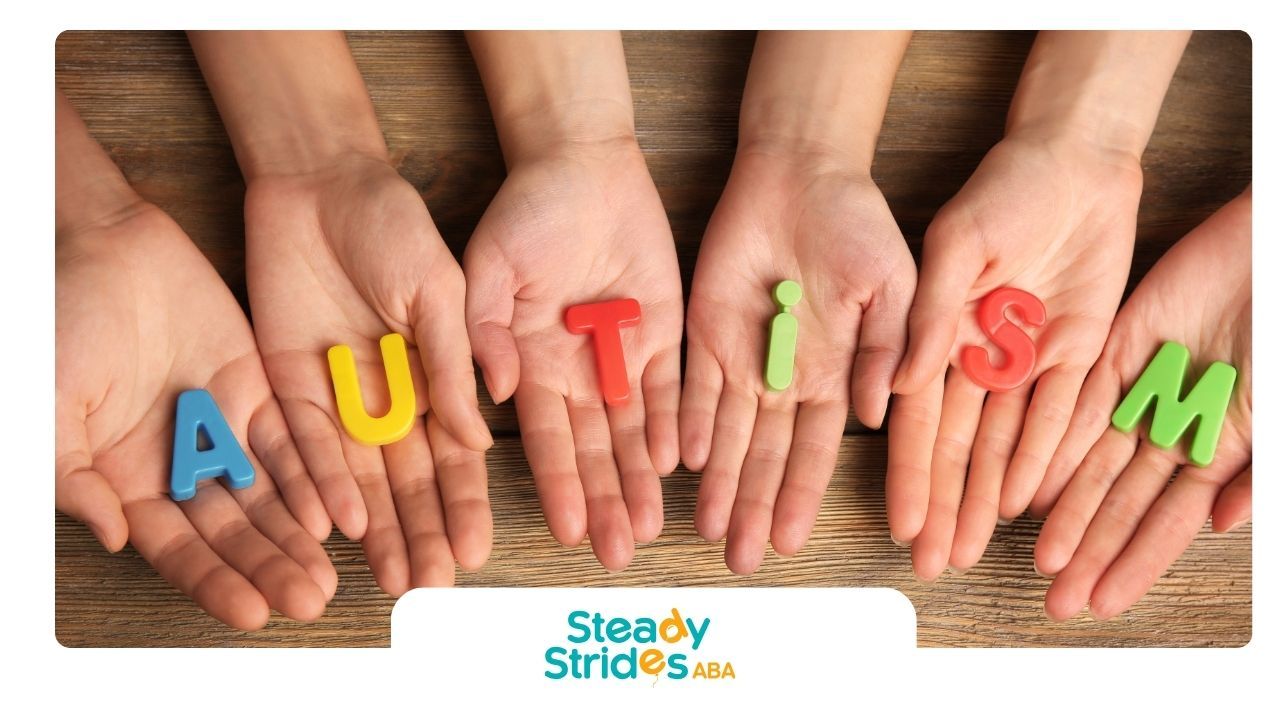Navigating the experiences of autistic shutdown and dissociation can be challenging, as both can impact an individual’s capacity to respond to their environment. While these responses may look similar to an outside observer, they stem from different causes and often require distinct approaches for support. For caregivers, family members, and professionals working with autistic individuals, understanding these differences is essential for offering compassionate and effective support.
Autistic Shutdown and Dissociation
Both autistic shutdowns and dissociation are protective responses that the brain uses to cope with overwhelming stimuli or distress. These experiences can be confusing to witness and challenging for those affected, as they may impact communication, social interaction, and day-to-day activities. Understanding the unique characteristics of each, as well as the different methods for support, can empower caregivers and loved ones to respond more effectively.
In this article, we’ll explore what autistic shutdowns and dissociation are, the causes behind them, and strategies for managing these responses.
What Is an Autistic Shutdown?
An autistic shutdown is a response to overwhelming sensory input, emotional stress, or cognitive overload. Shutdowns are more common among individuals with autism and are often a reaction to situations that exceed their capacity to process or manage the input. When in a shutdown, an autistic person may withdraw, go silent, or seem “frozen,” becoming unable to communicate or engage in their surroundings. While a shutdown may appear passive, it is the brain’s active method of coping with excessive stimulation.
Key Characteristics of an Autistic Shutdown:
- Reduced or No Verbal Communication: A person may struggle to speak or be completely nonverbal during a shutdown.
- Decreased Physical Responsiveness: They might appear to “freeze,” avoiding eye contact or physical engagement.
- Withdrawal from Environment: The person may try to escape the situation, curl up in a quiet space, or avoid sensory input.
- Mental Fog or Fatigue: Shutdowns often lead to mental exhaustion, making it hard for the person to process information or make decisions.
Causes of Autistic Shutdowns:
- Sensory Overload: Loud noises, bright lights, or strong smells can easily overwhelm someone with autism, leading to shutdown.
- Emotional Stress: High-stress situations, such as conflicts or unfamiliar environments, can contribute to shutdown.
- Cognitive Overload: Rapid information processing demands or challenging social interactions can be overwhelming, resulting in a shutdown.
Strategies for Managing Autistic Shutdowns:
- Create a Calm Environment: Reduce sensory input by dimming lights, lowering sounds, or moving to a quiet space.
- Offer Support, Not Demands: Allow the person time to recover without pressuring them to speak or engage.
- Use Gentle Reassurance: Offer calm and reassuring words without expecting a response. Respect their need for quiet and reduced interaction.
- Establish Predictable Routines: Familiarity and routine can reduce anxiety and prevent shutdowns in the future.
What Is Dissociation?
Dissociation is a psychological response in which a person disconnects from their thoughts, feelings, or sense of identity. Unlike an autistic shutdown, dissociation isn’t specific to autism; it can affect anyone and often occurs as a response to trauma or extreme stress. In a dissociative state, individuals may feel disconnected from reality, as though they are “observing” themselves or the world around them. Dissociation can range from mild (like daydreaming) to severe (feeling detached from one’s body or identity).
Key Characteristics of Dissociation:
- Feeling Disconnected from Reality: A person might describe feeling “spaced out” or as if they’re in a dream-like state.
- Altered Perception of Self or Surroundings: They may feel detached from their own thoughts, body, or environment.
- Difficulty Recalling Events: Dissociative states can result in memory gaps or a sense of time distortion.
- Emotional Numbness: Individuals may feel emotionally distant, as if their feelings are muted or unavailable.
Causes of Dissociation:
- Trauma or PTSD: Dissociation is commonly seen in individuals with a history of trauma, where it serves as a coping mechanism to avoid painful memories or emotions.
- Chronic Stress or Anxiety: Ongoing stress or high anxiety levels can trigger dissociative episodes as a means of psychological escape.
- Emotional Overload: When someone is unable to process overwhelming emotions, dissociation may occur as a protective mechanism.
Strategies for Managing Dissociation:
- Grounding Techniques: Encourage activities that reorient the person to their environment, such as deep breathing, counting objects, or touching textured items.
- Encourage Physical Movement: Walking or gentle exercise can help individuals reconnect with their body and surroundings.
- Focus on Sensory Awareness: Sensory cues, like holding an ice cube or focusing on specific sounds, can bring awareness back to the present.
- Provide Calm and Understanding: Avoid judgment or impatience, and help the person feel safe and supported during dissociation.
Autistic Shutdown vs. Dissociation: Key Differences
While both autistic shutdowns and dissociation are responses to overwhelming situations, they differ significantly in origin, experience, and how to approach them.
Understanding these differences allows caregivers and family members to provide more tailored support during these episodes.
Tips for Supporting Autistic Individuals Experiencing Shutdown or Dissociation
- Observe the Situation: Try to identify what may have triggered the shutdown or dissociation, whether it was sensory overload, stress, or another cause.
- Avoid Pressuring for Interaction: During either experience, avoid pushing for a response, as this can exacerbate stress.
- Provide Tools for Self-Regulation: Offer sensory tools, calming apps, or weighted blankets to help manage overload and stress.
- Encourage Self-Care and Reflection: Journaling, engaging in calming activities, or reflecting on triggers can help prevent future episodes.
When to Seek Additional Support
For some, experiencing shutdowns or dissociative episodes may be part of life, but if they occur frequently or impact daily functioning, additional support may be beneficial. Speaking to a therapist, counselor, or autism specialist can provide valuable strategies and coping mechanisms.
Conclusion
Understanding the distinctions between autistic shutdowns and dissociation enables caregivers to offer better support. Both responses serve as the brain’s way of coping with overwhelming situations, but they require different approaches for management. At Steady Strides, we offer resources and guidance to help families and caregivers navigate these experiences, providing tools and strategies to improve quality of life for autistic individuals.
Frequently Asked Questions
| Aspect | Autistic Shutdown | Dissociation |
|---|---|---|
| Root Cause | Sensory or cognitive overload | Emotional or psychological distress |
| Physical Response | Reduced physical and verbal interaction | Detached, dream-like state |
| Awareness | May be aware but unable to respond | Disconnected from surroundings or self |
| Duration | Typically shorter, lasting minutes to hours | Can be brief or last for extended periods |
| Common in Autism | Yes, particularly when overwhelmed | Not specific to autism; can affect anyone |
Can autistic shutdowns and dissociation happen at the same time?
While they are distinct responses, it’s possible for a person to experience elements of both, especially if they’re under extreme stress. Identifying the primary response can help determine the best support approach.
How can I help prevent shutdowns in my autistic child?
Maintaining a structured environment, reducing sensory triggers, and building self-regulation skills can help reduce the frequency of shutdowns.
Should I seek professional help if my loved one frequently dissociates?
Yes, frequent dissociation can impact mental health and daily functioning. Speaking with a therapist experienced in trauma or stress management can provide effective coping strategies.













